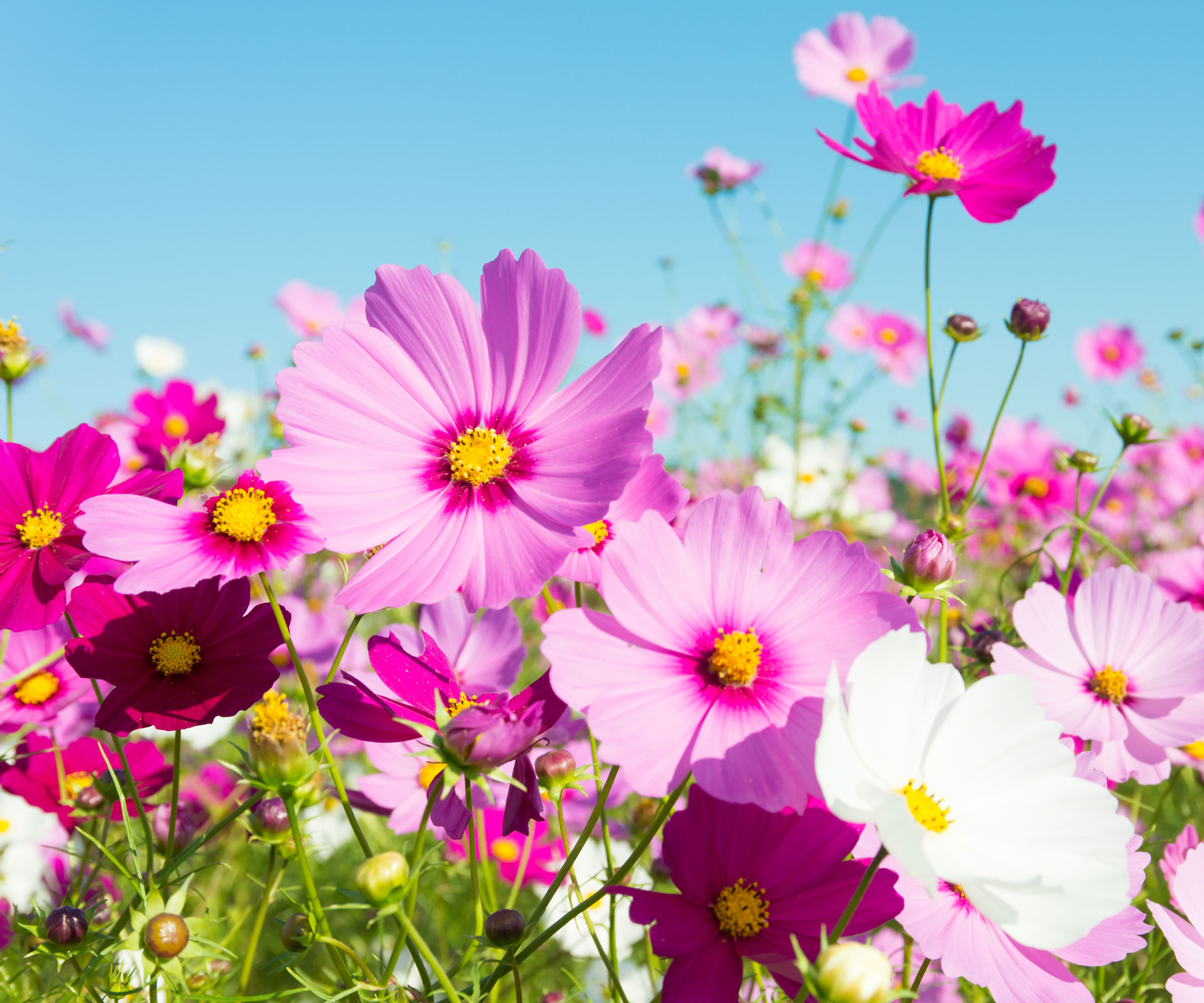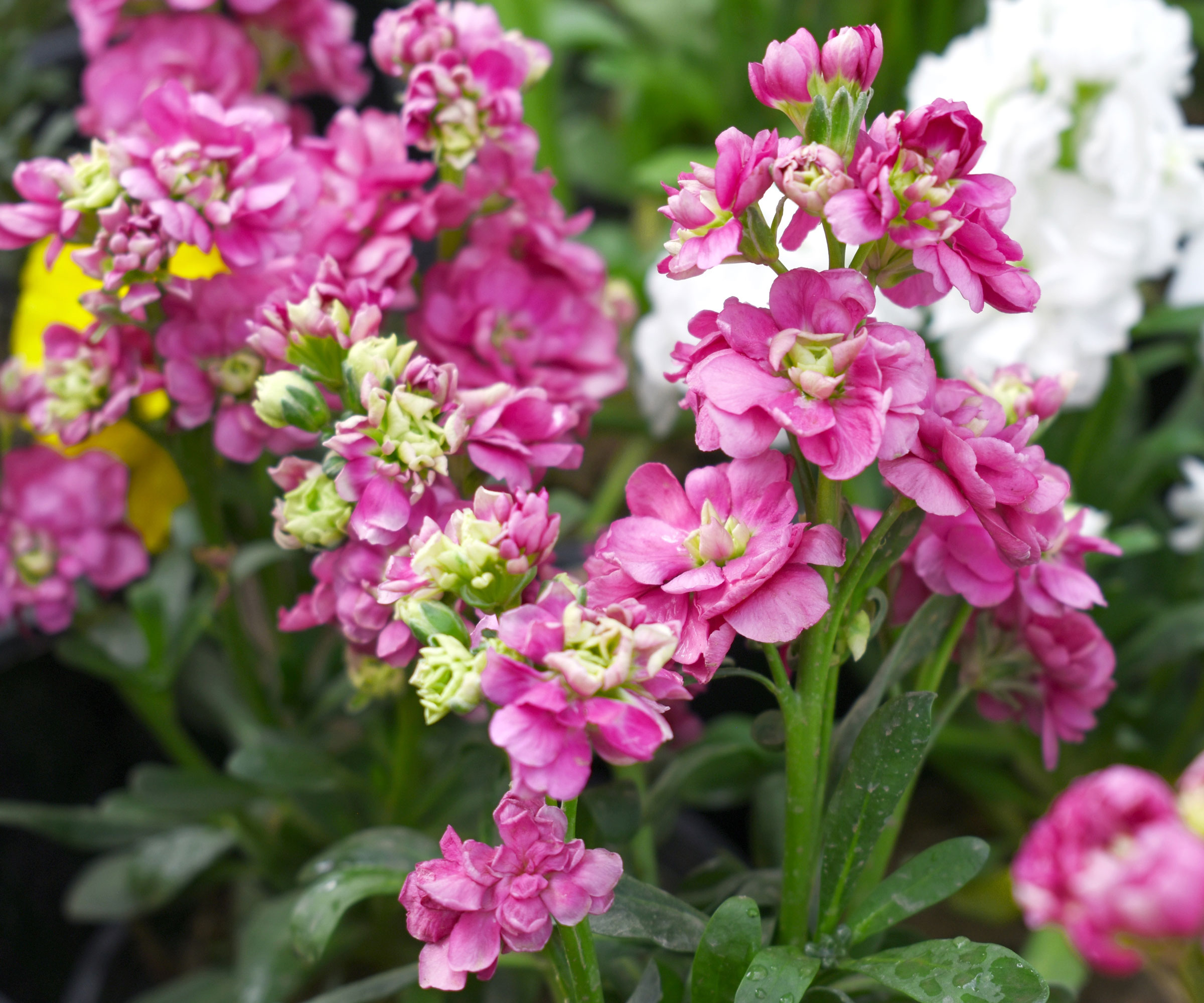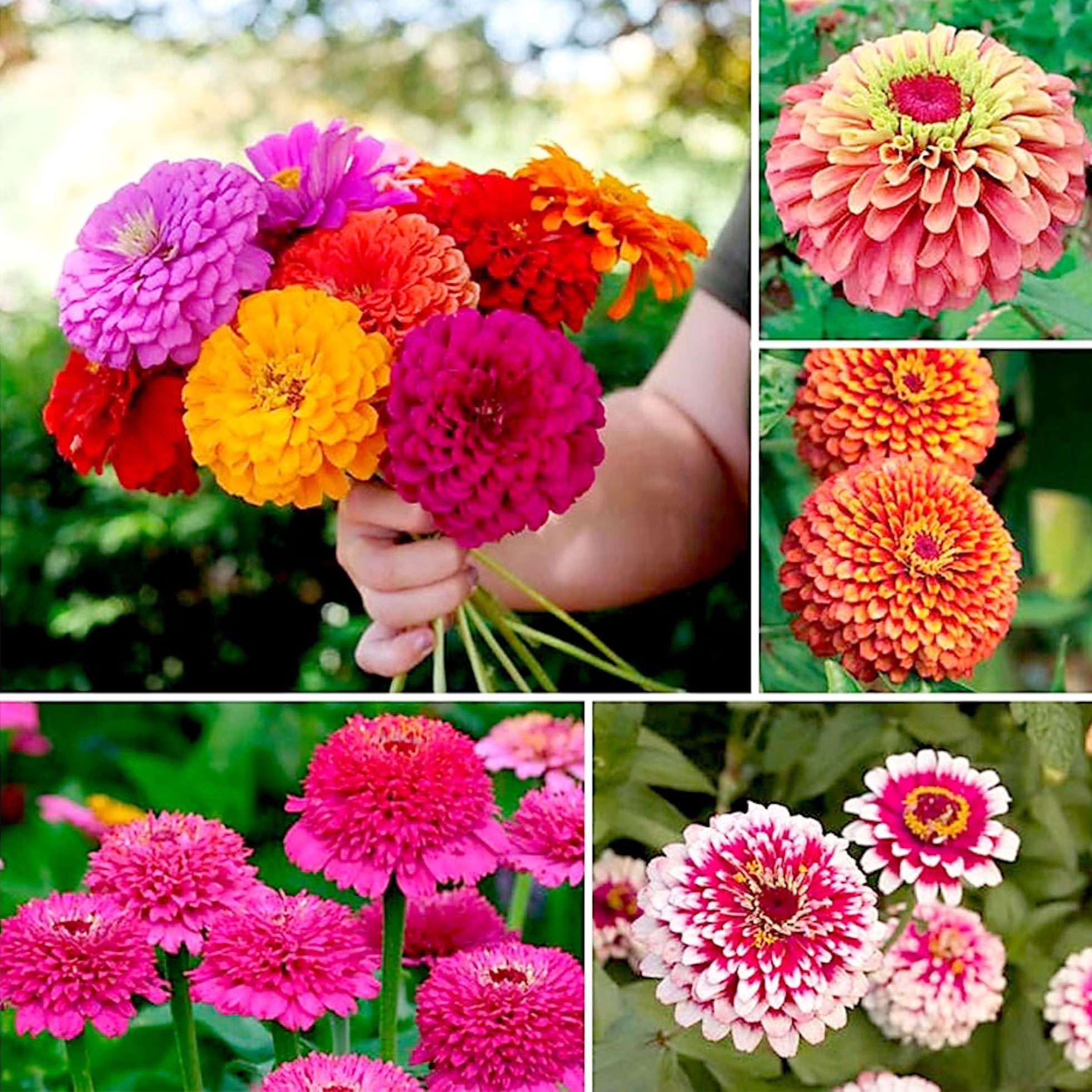Plant These 8 Flowers In August For Dazzling Displays Of Late Summer & Fall Color
You might not think there are any flowers to plant in August that could bloom this year, but think again! Sow these 8 gorgeous ornamentals for late season splendor


August is a great time to sit back and enjoy plenty of ornamental color toward the end of the growing season. That said, a gardener’s work is never done – so why not just continue to plant and grow even more? Believe it or not, there are plenty of flowers to plant in August. Many of the ornamentals you can direct-sow now will bloom well into the fall, even up to the first frost.
When choosing seeds to sow in August, go for hardy flowers that mature quickly and, depending on the hardiness zone, those that will thrive as temperatures cool. With the right plant selections and growing care, you can extend the blooming season in delightful new ways. Here are some of the best flowering ornamentals to start from seed in your August garden – so you can kickstart another wave of dazzling floral jubilation.
Deciding Which Flowers to Plant in August
Knowing what flowers to plant in August depends on your hardiness zone as much as the plant variety you’d like to try. Allowing for the region, the heat of high summer allows you to sow seeds directly and germinate seeds quickly. As long as you are prepared to keep a close eye on the garden and water seedlings frequently, sowing quick-growing seeds and hardy varieties is your fast track to another wave of ornamental color and interest that can sustain well into the fall.
Before planting, check your chosen flower is compatible with your USDA hardiness zone and soil type. Soil can be amended in beds or customized in raised beds and containers. Keep a careful eye on developing seedlings, particularly on the hottest days. You may need to water twice or even three times a day, depending on weather conditions. Here are some of the fastest developing and most reliable flower seeds to plant in August.
1. Cosmos

Cosmos are pretty annuals that might not survive a frost, but they mature very quickly from seed. They’ll start blooming 50 to 60 days from sowing. If you live in a climate with later first frosts, cosmos can be a great flower to start in August. They don’t require a lot of nutrients in the soil – just good drainage and plenty of sunlight.
With the right care, you should see flowers by September, or possibly October, depending on your region and plant variety. There are plenty of stunning types of cosmos that can thrive as seasons transition into fall. Try Cosmos ‘Sensation Mix’ seeds from Burpee for a medley of vibrant pink tones. As an extra treat, growing cosmos will attract pollinators to your fall garden once they are in bloom.
2. Zinnias

Zinnias are cheerful, bright annuals that look beautiful in the garden and are also great cutting flowers to grow. With a quick maturation time of 60 to 70 days, many zinnia varieties can be counted on for a fast turnaround and fall flowers, even when planted as late as August.
Look for the fastest-maturing zinnia varieties possible and get the seeds in the ground some time this month to enjoy blooms right up to the first frosts of fall. Try Zinnia ‘California Giant’ seeds from Seeds2Go, available from Amazon, for bright colored blooms in a range of colors. They bloom well into fall with full sun and well-draining soil.
3. Marigolds

You wouldn’t be wrong to associate these colorful annuals with the dog days of summer. They do well in the heat and in full sun as long as they get plenty of water. But, marigolds can also be surprisingly cold hardy. If you grow these annuals, you can enjoy them right up to and even beyond the first frosts. They won’t really die back until temperatures are consistently lower than 40 degrees Fahrenheit (4°Celsius).
Choose the right marigolds to grow now, and you’ll find they mature quickly from seed, flowering in as little as 50 days from sowing. So start them in early August and you could have flowers by the end of September. As a bonus, they deter a lot of pests with their aroma, so plant your fall marigolds in the veggie garden. Choose Marigold ‘Triple Treat’ or ‘Strawberry Blonde’ seeds from Burpee for vibrant, memorable tones to fire up your fall borders.
Sign up for the Gardening Know How newsletter today and receive a free copy of our e-book "How to Grow Delicious Tomatoes".
4. Calendula

Calendula plants (Calendula officinalis) last longer than you might expect. Once in bloom, you can enjoy these orange, daisy-like flowers even after a hard frost or the first freeze. Depending on the variety you choose, the seeds you sow in August could be blooming within 30 to 40 days.
When growing calendula, make sure the seeds and seedlings get plenty of water. If you live in a warmer climate, these pretty flowers might persist through winter. Plants require minimal care – just occasional watering and deadheading. However, they can be heavy feeders, so add compost or fertilizer to poor soil. You should also pinch out stalks to avoid plants growing spindly. You can buy ‘Pacific Beauty’ seeds from Everwilde Farm at Walmart.
5. Snapdragons

This is another colorful summer flower that actually does very well in fall and even into early winter in some climates. Snapdragons (Antirrhinum majus) can tolerate temperatures as low as 25 degrees (-7°Celsius), but they require full sun and well-draining soil. When growing snapdragons, maturation time is between 60 and 80 days.
Sown in August, you can get dramatic flowers in time for mid or late-fall. They are statuesque and surprisingly elegant, but also reassuringly resilient. In the warmest climates, you can grow snapdragon flowers throughout winter. Try Seedville ‘Orange Wonder’ seeds, available from Walmart. Pinch out the top stem and long side shoots to encourage more flowers and a more pleasing form.
6. Sunflowers

Sunflowers are the ultimate fall flower and can bring rich, sunny tones to beds and borders as other ornamentals are starting to fade – but if you’re starting them in August, choose wisely. Many varieties take 70-100 days to mature, but if you pick the right varieties they will mature and bloom in as little as 40-50 days.
These annual bloomers are great fall flowers to plant in August, and can last through the first frost. Just don’t expect to grow the tall or giant varieties at this time of year. Stick to smaller, faster-maturing types such as ‘Lemon Cutie,’ ‘Zohar,’ ‘Junior Dwarf,’ ‘Sunrich Orange,’ ‘Sunrich Gold Summer’ or ‘Autumn Beauty.’ You can find a good range of quick-developing sunflower varieties at Burpee.
7. Stock

From a name that isn’t so pretty comes a truly gorgeous flower. Stock (Matthiola incana) is less common today, and is often considered an heirloom flower. It comes in a variety of colors and has a nice, delicate scent. They tolerate frosts fairly well and are best for planting now in warmer growing zones. Sow stock seeds in August for a bed full of gorgeous blooms in October.
Check for maturity time on different stock varieties to find some of the faster growing types. There are a few varieties that can bloom in 10 weeks, such as compact dwarf ‘Anytime Mixed’. Alternatively, try Stock ‘Giant Imperial Mixed’ seeds from Seeds4Planting, available from Amazon, for a splash of rainbow color.
8. Pansies

Cheery pansies (Viola x wittrockiana) are another fine floral choice for seeding in August in milder and warmer climates. If you have mild falls and cool winters, start seeds for pansies now in an area that gets some shade and protection from the heat of summer. Keep the seeds and seedlings moist as they grow.
Expect to get flowers that will thrive in the cooler weather by mid or late-fall. They are low growing, so cultivate pansies in hanging baskets or containers on the patio, or use them to edge garden beds. Plant in well-draining soil with organic matter, and deadhead regularly for a sea of flowers. Browse gorgeous pansy varieties at Burpee, including ‘Moulin Rouge’, ‘Raspberry Swirl’ and ‘Atlas Mix’ pansies.
This article features products available from third party vendors on the Gardening Know How Shop. Keep in mind that our plant inventory is limited - so if you’re thinking of purchasing, don’t wait!

Mary Ellen Ellis has been gardening for over 20 years. With degrees in Chemistry and Biology, Mary Ellen's specialties are flowers, native plants, and herbs.
- Melanie GriffithsEditor in Chief
- Laura WaltersContent Editor

